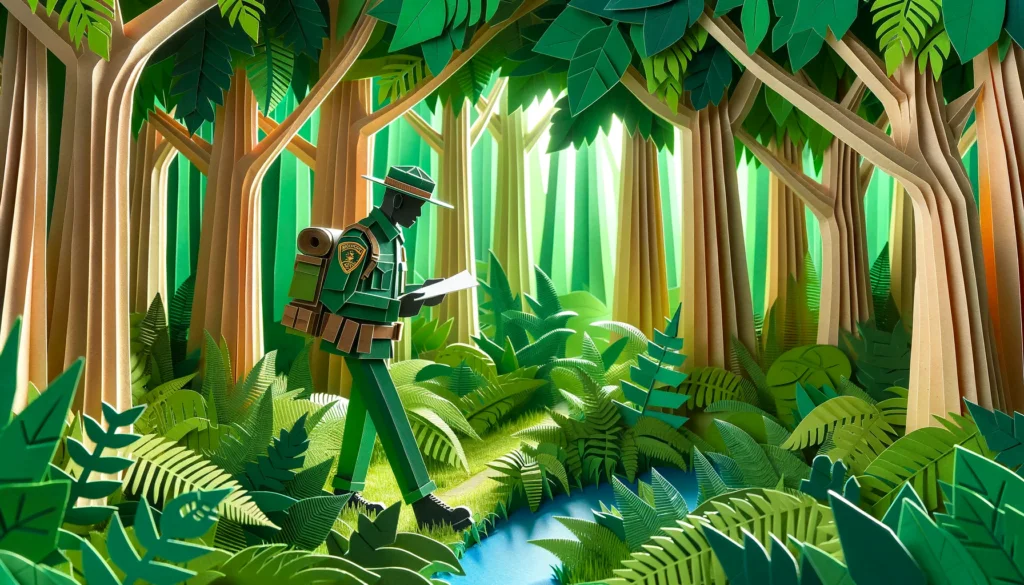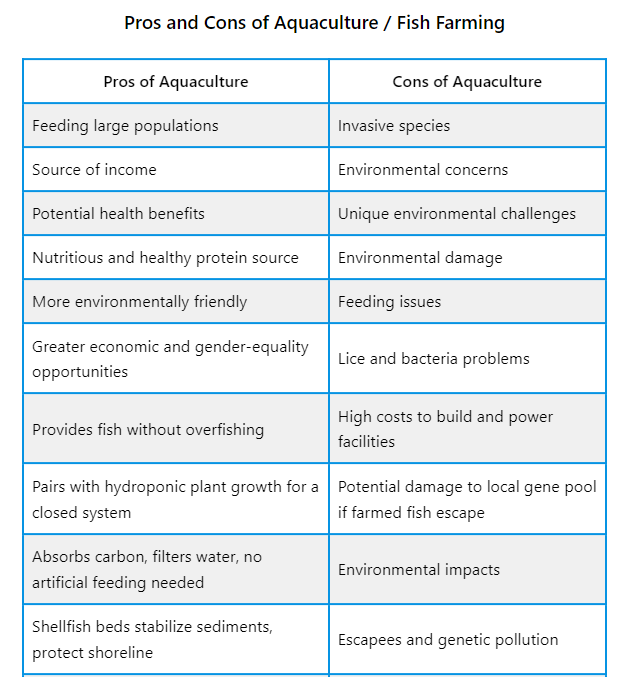Shelterwood cutting boosts regeneration rates and biodiversity, aiding forest recovery and enhancing habitat diversity. It controls erosion, provides sunlight, and improves wildlife habitats. However, potential habitat disruption, altered microclimates, and species displacement can occur. Loss of cover, altered food sources, increased competition, and long-term visual changes are also factors that should be taken into account. Understanding the balance between benefits and drawbacks is essential for sustainable forest management decisions.
Takeaways
- Shelterwood cutting enhances forest regeneration rates by creating canopy gaps for sunlight exposure.
- Increased biodiversity benefits from varied habitats and diverse ecosystems.
- Improved species diversity through diversified canopy and understory vegetation growth.
- Habitat enhancement potential for wildlife with diverse food sources and shelter.
- Ecosystem resilience is enhanced by promoting diverse plant species growth and stability.
Improved Regeneration Rates
Shelterwood cutting, when implemented correctly, has been shown to greatly enhance regeneration rates in forests. This silvicultural method involves gradually removing mature trees in a series of cuts to allow for the establishment of new seedlings.
By creating gaps in the canopy, shelterwood cutting allows more sunlight to reach the forest floor, promoting the growth of young trees and increasing overall regeneration rates.
Studies have demonstrated that shelterwood cutting can lead to a more diverse and resilient forest ecosystem. The increased regeneration rates help to safeguard a continuous tree cover, maintaining the forest's ability to provide essential ecosystem services such as carbon sequestration, water filtration, and habitat for wildlife.
Furthermore, the improved regeneration rates resulting from shelterwood cutting can help to expedite the recovery of forests after disturbances such as wildfires or insect outbreaks. By strategically managing tree removal, foresters can promote the growth of desired tree species and maintain the overall health and productivity of the forest ecosystem.
Enhanced Biodiversity Benefits
Moreover, the promotion of increased species diversity within forest ecosystems associated with shelterwood cutting includes the creation of varied habitats through this silvicultural practice, leading to potential habitat improvement for a wide range of flora and fauna.
Additionally, the enhancement of ecosystem resilience is a key advantage, as diverse ecosystems are better equipped to withstand environmental changes and disturbances.
Increased Species Diversity
The practice of shelterwood cutting has been recognized for its potential to positively impact species diversity within forest ecosystems. By creating openings in the forest canopy through a gradual removal of mature trees, shelterwood cutting allows more light to reach the forest floor. This increased light availability stimulates the growth of understory vegetation, which provides new habitats and food sources for various plant and animal species.
The enhanced light conditions resulting from shelterwood cutting also encourage the regeneration of shade-intolerant tree species, contributing to a more diverse tree canopy. This, in turn, supports a wider range of wildlife that rely on different tree species for nesting, foraging, and shelter.
Moreover, the creation of a varied age structure within the forest through shelterwood cutting promotes a mosaic of habitats that cater to the needs of different species at various stages of their life cycles. This diverse habitat mosaic enhances overall species diversity, benefiting both common and rare species within the ecosystem.
Habitat Improvement Potential
Habitat enhancement resulting from shelterwood cutting practices can greatly bolster biodiversity within forest ecosystems. By strategically removing select trees in a shelterwood cut, canopy openings are created, allowing more sunlight to reach the forest floor. This increased light penetration stimulates the growth of diverse understory vegetation, providing new habitats and food sources for various species. Additionally, the varying stages of forest regeneration following shelterwood cutting – from the initial removal of trees to the eventual development of a new canopy – create a mosaic of habitats that cater to different wildlife preferences. This habitat heterogeneity supports a wider array of plant and animal species, contributing to overall biodiversity in the forest ecosystem.
| Benefits of Shelterwood Cutting for Habitat Improvement | Explanation |
|---|---|
| Enhanced habitat diversity | Canopy openings promote diverse understory vegetation growth, creating varied habitats. |
| Increased food sources for wildlife | Greater availability of plants and insects in newly formed habitats supports a more extensive food web. |
| Creation of habitat mosaics | The different stages of forest regeneration provide varied habitats, catering to diverse wildlife needs. |
Ecosystem Resilience Enhancement
Ecosystem resilience is bolstered through the promotion of biodiversity resulting from shelterwood cutting practices. Shelterwood cutting, when implemented carefully, can enhance ecosystem resilience by creating a more diverse and robust habitat for various plant and animal species.
By strategically removing select trees in multiple stages, shelterwood cutting allows for increased sunlight penetration to the forest floor, promoting the growth of a variety of plant species. This diverse understory vegetation provides food and shelter for a wider range of wildlife, contributing to a healthier and more resilient ecosystem.
Enhanced biodiversity benefits from shelterwood cutting also lead to improved ecosystem stability and adaptability to environmental changes. A more diverse ecosystem is better equipped to withstand disturbances such as disease outbreaks, severe weather events, or invasive species invasions.
The increased genetic diversity resulting from a variety of plant species also enhances the ecosystem's ability to recover and adapt to changing conditions over time. Ultimately, the ecosystem resilience enhancement achieved through shelterwood cutting can contribute to the long-term sustainability and health of forest ecosystems.
Controlled Soil Erosion
One important aspect to take into account when evaluating shelterwood cutting is the impact it has on controlling soil erosion. Shelterwood cutting, when conducted properly, can help mitigate soil erosion by maintaining root systems of residual trees and providing ground cover through retained vegetation.
By leaving a portion of the tree canopy intact during the initial stages of harvesting, the soil is shielded from the impact of heavy rainfall and wind, reducing the likelihood of erosion. Additionally, the gradual removal of trees allows for a more controlled disturbance to the soil, minimizing the risk of sediment runoff into nearby water bodies.
Furthermore, the retention of vegetation and organic matter on the forest floor helps improve soil structure and moisture retention, which are essential for reducing erosion rates. Proper planning and implementation of shelterwood cutting techniques, such as maintaining buffer strips along water bodies and steep slopes, can further enhance soil erosion control efforts.
Increased Sunlight Availability
Enhanced sunlight availability resulting from shelterwood cutting practices plays a crucial role in shaping the regeneration and growth dynamics of the forest ecosystem. By strategically removing select trees in a shelterwood cutting approach, more sunlight can reach the forest floor, benefiting both existing vegetation and promoting the growth of new seedlings. This increased sunlight availability can have several positive impacts on the ecosystem:
| Benefits of Increased Sunlight Availability |
|---|
| 1. Stimulates photosynthesis in plants |
| 2. Enhances biodiversity by supporting diverse plant species |
| 3. Promotes seed germination and seedling growth |
| 4. Improves overall forest health and resilience |
| 5. Encourages habitat for light-dependent species |
These benefits contribute to the long-term sustainability and resilience of the forest ecosystem. However, it is essential to carefully manage the intensity and extent of sunlight exposure to prevent potential negative consequences, such as habitat disruption for shade-tolerant species.
Potential Habitat Disruption
The increased sunlight availability resulting from shelterwood cutting practices can inadvertently lead to potential habitat disruption for shade-tolerant species within the forest ecosystem. This disruption occurs due to the alteration of the forest canopy and understory conditions, impacting the ecological balance and biodiversity.
The following factors contribute to the potential habitat disruption:
- Changes in Microclimate: Shifts in temperature and humidity levels can affect the ecological niches of various species.
- Displacement of Species: Shade-tolerant plants and animals may struggle to compete or adapt to the increased light conditions.
- Loss of Cover and Nesting Sites: Some species dependent on shady areas for cover or nesting may experience habitat loss.
- Altered Food Availability: Changes in light conditions can influence the growth of vegetation, affecting food sources for wildlife.
- Increased Competition: Species that thrive in sunny environments may outcompete shade-tolerant species, altering the natural balance within the ecosystem.
These factors highlight the intricate relationships within forest habitats and emphasize the need for careful consideration during shelterwood cutting to mitigate potential habitat disruptions.
Long-Term Visual Impact
Implications of shelterwood cutting practices extend to the long-term visual impact on the forest landscape. While this silvicultural technique promotes regeneration and growth of desired tree species, it can also alter the aesthetics of the forest to a notable extent. The visual impact of shelterwood cutting is a subject of concern for various stakeholders, including environmentalists, recreational users, and local communities.
To better understand the long-term visual effects of shelterwood cutting, consider the following table:
| Factors | Impact |
|---|---|
| Tree Density | Reduced density may result in a sparse appearance initially. Over time, new growth can lead to a more uniform forest canopy. |
| Understory Vegetation | Initial disturbance can lead to a lack of understory vegetation. However, as the forest regenerates, a diverse understory may develop. |
| Wildlife Habitats | Changes in tree density and understory vegetation can impact wildlife habitats. Management strategies may be needed to mitigate these effects. |
| Public Perception | Visual changes can affect how the forest is perceived by the public. Education and communication are key to managing expectations. |
Understanding and managing the long-term visual impact of shelterwood cutting is essential for maintaining the balance between forest management goals and aesthetic considerations.
Frequently Asked Questions
How Does Shelterwood Cutting Impact Water Quality in the Surrounding Area?
Shelterwood cutting can impact water quality in the surrounding area by increasing runoff and erosion. The removal of trees can lead to sedimentation in water bodies, affecting clarity and aquatic habitats, potentially harming water quality.
Are There Any Specific Tree Species That Benefit Most From Shelterwood Cutting?
Shelterwood cutting can benefit specific tree species by creating ideal conditions for their growth and regeneration. This silvicultural practice allows for the establishment and dominance of desired species, promoting biodiversity and overall ecosystem health.
What Measures Are Taken to Minimize the Risk of Invasive Species After Shelterwood Cutting?
Minimizing the risk of invasive species post-shelterwood cutting involves monitoring, early detection, rapid response, and follow-up treatments. Implementing proper sanitation measures, utilizing native plant species, and promoting healthy ecosystem resilience are essential strategies in this regard.
How Long Does It Typically Take for the Forest to Fully Regenerate After Shelterwood Cutting?
Forest regeneration after shelterwood cutting typically takes several decades. Factors such as tree species, climate, soil conditions, and management practices influence the timeline. Adequate monitoring and adaptive management are essential for ensuring successful and sustainable regeneration.
Can Shelterwood Cutting Be Used in Conjunction With Other Forestry Practices for Optimal Results?
Shelterwood cutting can be effectively combined with other forestry practices to enhance overall outcomes. By integrating techniques like selective logging or reforestation, land managers can promote biodiversity, improve ecosystem health, and achieve sustainable timber yields.
Conclusion
To sum up, it is crucial to take into account the various benefits of shelterwood cutting, such as:
- Improved regeneration rates
- Enhanced biodiversity
- Controlled soil erosion
- Increased sunlight availability
However, potential habitat disruption and long-term visual impact are also important factors to take into consideration.
It is essential for land managers to carefully weigh the pros and cons of shelterwood cutting to make informed decisions that promote sustainable forest management practices.









